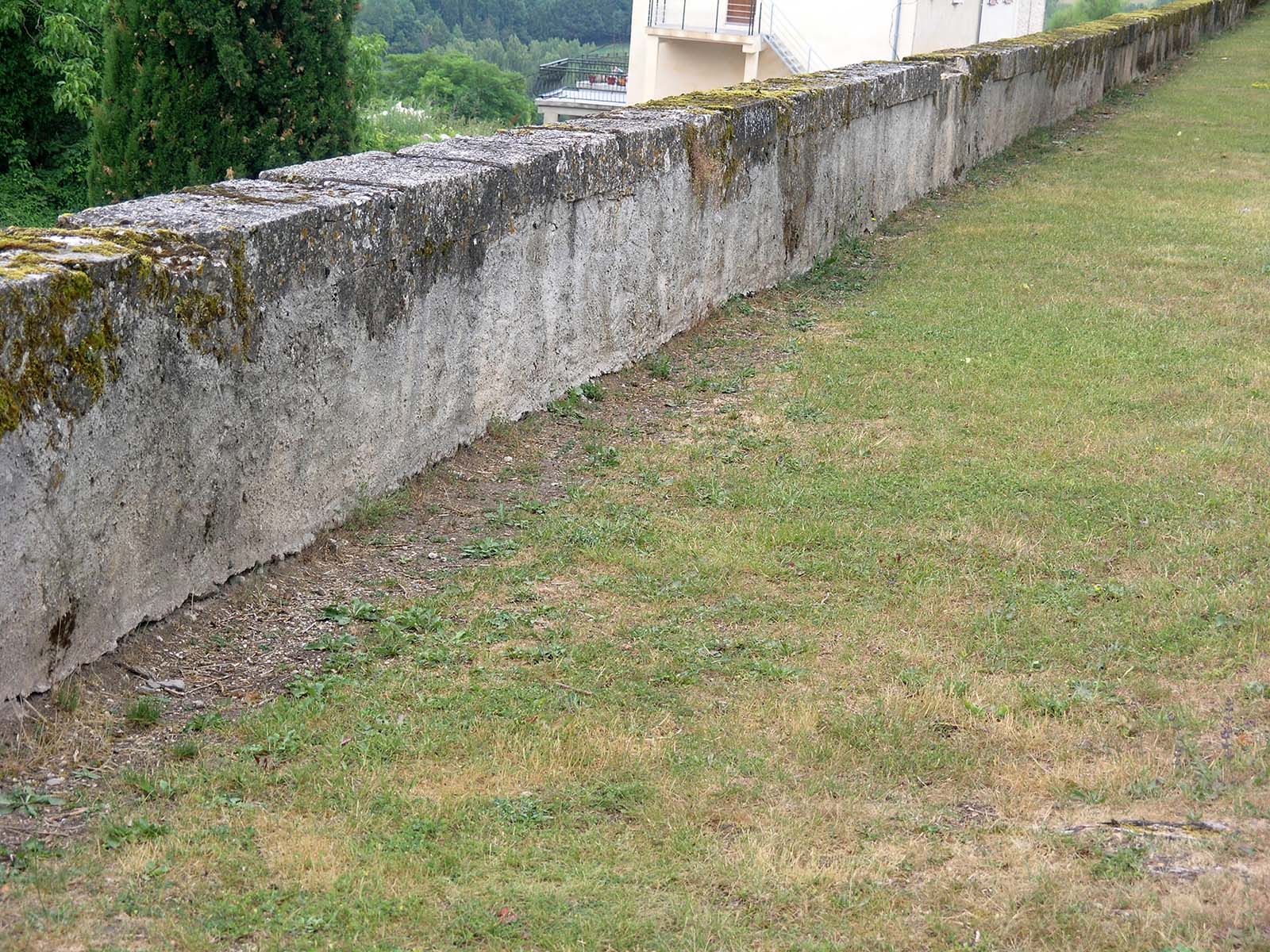How head movement can help accuracy in drawings from observation
All the books correctly say that, when using the perspective frame and other traditional devices for obtaining accuracy in drawings from observation, head movement must be avoided at all costs. Teachers also warn students, who are trying to obtain accuracy when drawing from observation, that any movements of the head can substantially change both internal and external relationships in the scene they are depicting. Although what they say is true, their warning glosses over the fact that such movements can be a powerful tool for homing in on accuracy. The purpose of this Post is to provide the link below to “Chapter 17 – Head movement“, which explains why. Below that link I have included a slightly edited version of the Introductory to that chapter.
CHAPTER 17 – HEAD MOVEMENT
Introductory
Having learnt to find the eye-line, we are ready to make further use of the analogy of the opening window. The purpose of the next two chapters is to become better acquainted with some of the many anomalies of visual perception that regularly plague attempts at accurate drawing from observation. In this way we will learn to become more sensitive to aspects of appearances that we might otherwise overlook. Three particularly pervasive sources of anomalies are:
- Turning the head (whether from side to side or up and down)
- The imposition of axes of symmetry by our visual systems.
- The constancies of size and shape.
This chapter and the one that follows give examples of each of these, which will appear under three headings: “head movement”, “axes of symmetry” and “the constancies”. Although for explanatory purposes, it is convenient to treat them
separately, we find that any combination of the three can be affecting our perception at the same time. We start with this chapter on “head movement”
Images illustrating head movement
The three images below show three different views of long boundary the wall of the esplanade. They provide a bit of realism to line drawings found in Figures 1a, 1b, 1c & 1d in the Chapter 17, to which this Post is inked.



Chapters so far published from
Book 1 and Book 2 of “Drawing on Both Sides of the Brain” (Volume 1 of the series of four volumes)
BOOK 1 : “DRAWING WITH FEELING”
Chapters so far loaded:
- Introduction to book 1 of “Drawing with Feeling”
- Chapter 1: Accuracy versus expression
- Chapter 2: Traditional artistic practices
- Chapter 3: Modernist ideas that fed into new teaching methods
- Chapter 4: the sketch and explaining the feel-system
- Chapter 5: Negative spaces
- Chapter 6: Contour drawing
- Chapter 7: Copying Photographs
- Chapter 8: Movement, speed & memory
- Chapter 9: The drawing lesson- preparation
BOOK 2 : “DRAWING WITH KNOWLEDGE”
Chapters so far loaded:
- Chapter 13 : Introduction to “Drawing with Knowledge”
- Chapter 14 : Linear Perspective
- Chapter 15 : Eye-line problems
- Chapter 16 : Head movement opportunities
Thank you again Francis. You are the only teacher who encouraged me to move my head to find out more about what I was looking at and to use that information to make useful comparisons. It seems counter intuitive, but it is actually very helpful as you say!
Thanks for posting this chapter. I guess it all demonstrates that drawing is a complex mix of the visual, the mental, the craft use of materials and personal expression. Along with many other factors such as the social traditions and conventions the drawing is made in. It’s a reconstruction of a reconstruction of reality. Imprinting a 2d surface with a realistic impression of a 3D [4D!?] world was always going to be challenging. You demonstrate that significant problems occur [or creative opportunities arise] if one sticks too rigidly to a ‘system’ such as a dogmatic/simplistic reliance on linear perspective. Still, of course, linear perspective remains a useful tool to have in the box.
Recently I saw an impressive exhibition of Indigenous Australian dreaming paintings, I was lucky enough to have a conversation with the curator, who [without giving away the secret ritual meanings], showed me that the lines represented an aerial view of walking through the desert. There are compromises here too because the side mini-walks off the main trial [to collect important artefacts] can’t be painted to the same scale as the full multi-day main journey. Or at least not on a painting whose size is designed to be sold to a western market. Making the drawing on the desert floor as ritual dictates then there’s no problem, you can have a scale, in the way a western cartographer would recongnise. Just mentioning that as it got me thinking about the different types of compromise drawing requires.
Interesting chapter, Francis. I would like to better understand your use of the “open window” and “closed window” metaphors. I read the chapter but cannot find enough explanation about these terms to fully understand your point. Thanks for any clarification you may offer.